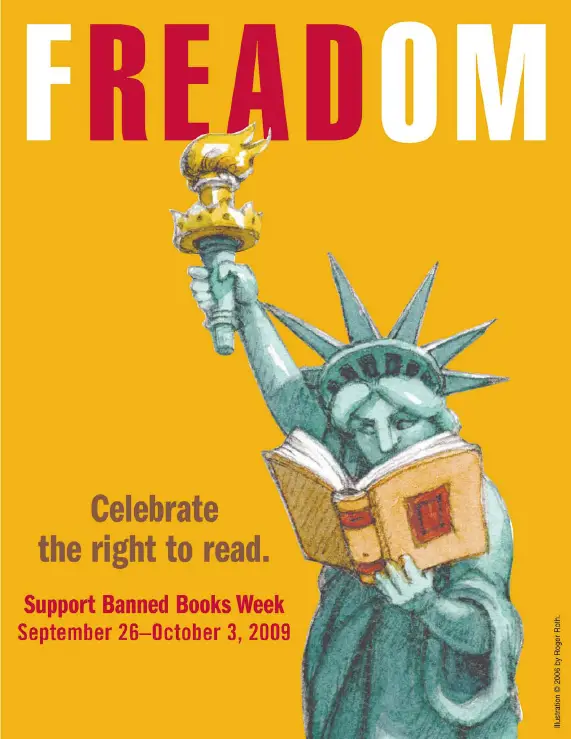 Walking through Latitude 33, a bookstore in Laguna Beach, CA, I noticed all of my favorite display tables–NYT bestsellers, Indie Next choices, staff picks–and then one that caused me to stop: “Books Bought for their Cover.” I picked up and looked at each book wondering, what is attractive about this cover? I bought Modern American Memoirs, edited by Annie Dillard and Cort Conley, not due to the cover, but because the writing looked fascinating. I never would have taken the time to look at the book without the display table catching my eye.
Walking through Latitude 33, a bookstore in Laguna Beach, CA, I noticed all of my favorite display tables–NYT bestsellers, Indie Next choices, staff picks–and then one that caused me to stop: “Books Bought for their Cover.” I picked up and looked at each book wondering, what is attractive about this cover? I bought Modern American Memoirs, edited by Annie Dillard and Cort Conley, not due to the cover, but because the writing looked fascinating. I never would have taken the time to look at the book without the display table catching my eye.
Over the summer Newsweek published a list of the top 50 books to read to help explain our world today. My local bookstore, Diesel in Brentwood, CA, devoted several bookshelves to the list. The display prompted a conversation about why were certain books included, what were missing, why were out-of-print books included? I bought a book on the list.
Two book events are occurring right now that make creating a conversation starting display easy: voting for the six finalists for the Best National Book Awards Fiction and Banned Books Week. These themed events give booksellers the opportunity to highlight stock books in a way that causes customers to stop and look at them again with fresh eyes.
This year is the 60th anniversary of the National Book Awards. To celebrate the event, the National Book Foundation posted a book-a-day blog that reviewed each fiction winner, along with personal notes from writers, and “This Year in Literature” information. It’s a fascinating review of modern American literature. Additionally, the National Book Foundation is asking the public to vote for the Best National Book Awards Fiction. One hundred and forty writers were asked to pick their top three award winners and then the public chooses the winner from the six books that received the most votes. On September 21st, the finalists were announced: Invisible Man, by Ralph Ellison; The Stories of John Cheever; The Collected Stories of Eudora Welty; Gravity’s Rainbow, by Thomas Pynchon; The Collected Stories of William Faulkner; and, The Complete Stories of Flannery O’Connor. What better way to promote some of the best American writing than to have a display dedicated to these works and encouraging people to vote for their choice? The National Book Foundation provides a downloadable poster or handout to assist booksellers and their customers[source file has been removed].
The American Booksellers Foundation for Free Expression (ABFFE) annually asks booksellers and libraries to promote Banned Books Week during the last week of September, this year September 26th to October 3rd. Many of us believe that censoring books is from a bygone era, but over 500 challenges were reported in 2008. Or, that censorship can’t happen “here”, but this map shows that it is widespread. Some of the books included in a Banned Book display have shocked me. Beloved? Maurice Sendack? A children’s picture book? Without thinking about it, some assume censorship is for porn in school libraries (we can all agree on that) and never realize the attack on mainstream reading. Next week is a time for reminding the public that the freedom to choose what we read is a right that must be protected. Taking this idea one step further, Printed Page Bookshop in Denver makes their display interactive by placing one book that has never raised on objection with sixty banned books. Customers guess which is the “un-banned” book and the correct guesses are tossed in a drawing for a prize. The ABFFE also offers posters and handouts for your display that you can download for free.
Displays for Banned Book Week or the Best of the National Book Awards Fiction, by their very nature, spark conversation and encourage customers to think about those books differently.

No, it does not still happen. No books have been banned in the USA for about a half a century. See “National Hogwash Week.”
Thanks for the link Dan. It’s always nice to see an issue from multiple perspectives.
Also a good time to remind people that children’s books from 1984 and earlier are STILL banned from sale in the US.
Two previous posts about it:
http://bookshopblog.com/2009/01/08/book-burning-on-feb-10th-2009-due-to-cpsia/
http://bookshopblog.com/2009/02/14/cpsia-book-banning-in-the-guise-of-safety/
Everything from those first two articles here on Book Shop Blog is still pretty much the same. The American Library Association has maintained it doesn’t apply to them, but the CPSA still has not issued a specific statement exempting libraries, just promising one is forthcoming.